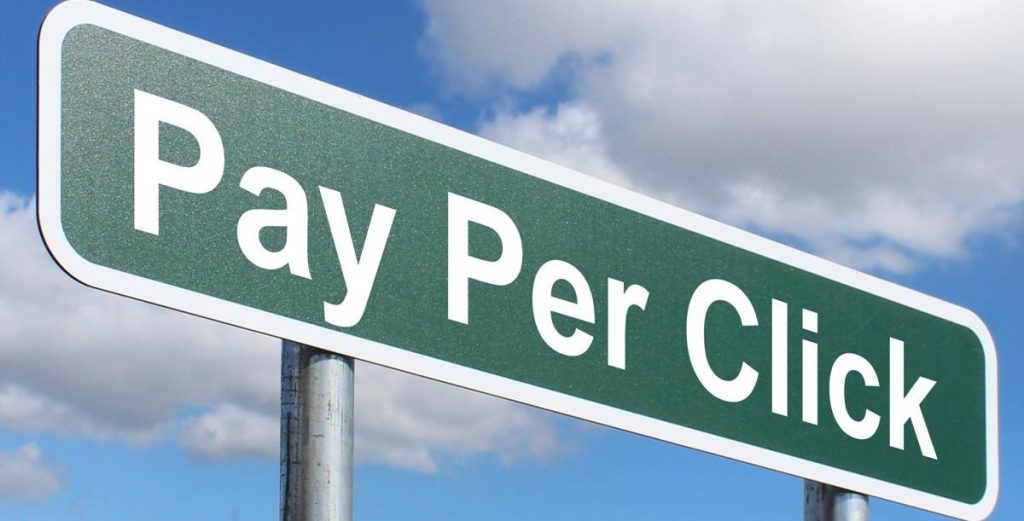All About Pay Per Click
Pay per click, also known as PPC or cost per click, is simply defined as “the payment spent for each clicked advertisement.”
The earliest use of PPC was documented in 1996. It was included in a web directory named Planet Oasis.
Planet Oasis was a desktop application that features links to commercial and informational websites. The application was developed by Ark Interface II. Companies were initially skeptical of its worth. However, its usefulness led to the creation of the modern PPC model, as introduced Jeffrey Brewer in 1998. In 2002, Google introduced the PPC advertising program.

Usually, advertisers bid on keyword phrases, which are related to their target market, in search engines. Content sites typically charge a fixed amount per click instead of using a bidding system. The advertisements or banner ads are displayed on search engine results or web sites that agreed to display ads and have related content.
In contrast to the common portal, which strives to generate high traffic towards one web site, PPC applies the affiliate model, which bestows purchase opportunities in any site. The affiliate model does this by providing incentives (revenue percentage) to affiliated sites.

The affiliates allocate a purchase point that people click through and then they will be directed to the advertiser’s site. It is structured as pay-for-performance; if the affiliates do not generate sales, the merchant don’t have to pay. Affiliates offer different options, including PPC, banner exchange and other programs on shared revenue.
PPC has a great advantage over cost per impression. This shows the effectiveness of advertising. Clicks measure the attention and interest of searchers. If the sole purpose of an advertisement is to generate clicks, then pay per click is the preferred marketing strategy.
PPC is calculated by dividing the cost of advertisement by the number of clicks that an ad has generated. The advertiser must always consider the potential value of a click from a particular source. The value is based on the kind of person the advertiser is expecting to visit his website and the benefit the advertiser would gain from that visit on a short- or long-term basis.

Just like the other kinds of advertising, targeting plays a big role in PPC’s success. Targeting encompasses the target market’s interest (keywords or texts that are entered on the search engines), intent (e.g. whether to buy a product or not), location, and the specific time and day that they are browsing.
Advertisers pay for every click generated through pay per click ads. The amount to pay is based on the bidding amount of the advertiser. It is common that the auction host will charge the winning bidder or bidders slightly more than the bid of the next highest bidder. To be able to bid, the advertiser need to sign a contract, allowing him to compete against other PPC advertisers in one private auction that is hosted by an advertising network or a publisher.
Flat-rate PPC

The flat-rate model of PPC requires both advertiser and publisher to agree on a fixed amount to be paid for each click. Usually, the publisher provides a rate card that contains a list of the PPC in different areas of his website or network. The amounts are usually related to the web content that generally attract more quality visitors and content that don’t attract valuable visitors. In many cases, advertisers are allowed to negotiate lower rates. The publishers provide this option for high-value or long-term contracts.
The flat-rate model is usually cheaper, and the advertisers can choose to pay more for increased visibility. The sites are often compartmentalized into service or product categories, allowing a greater degree of targeting by pay per click advertisers.
